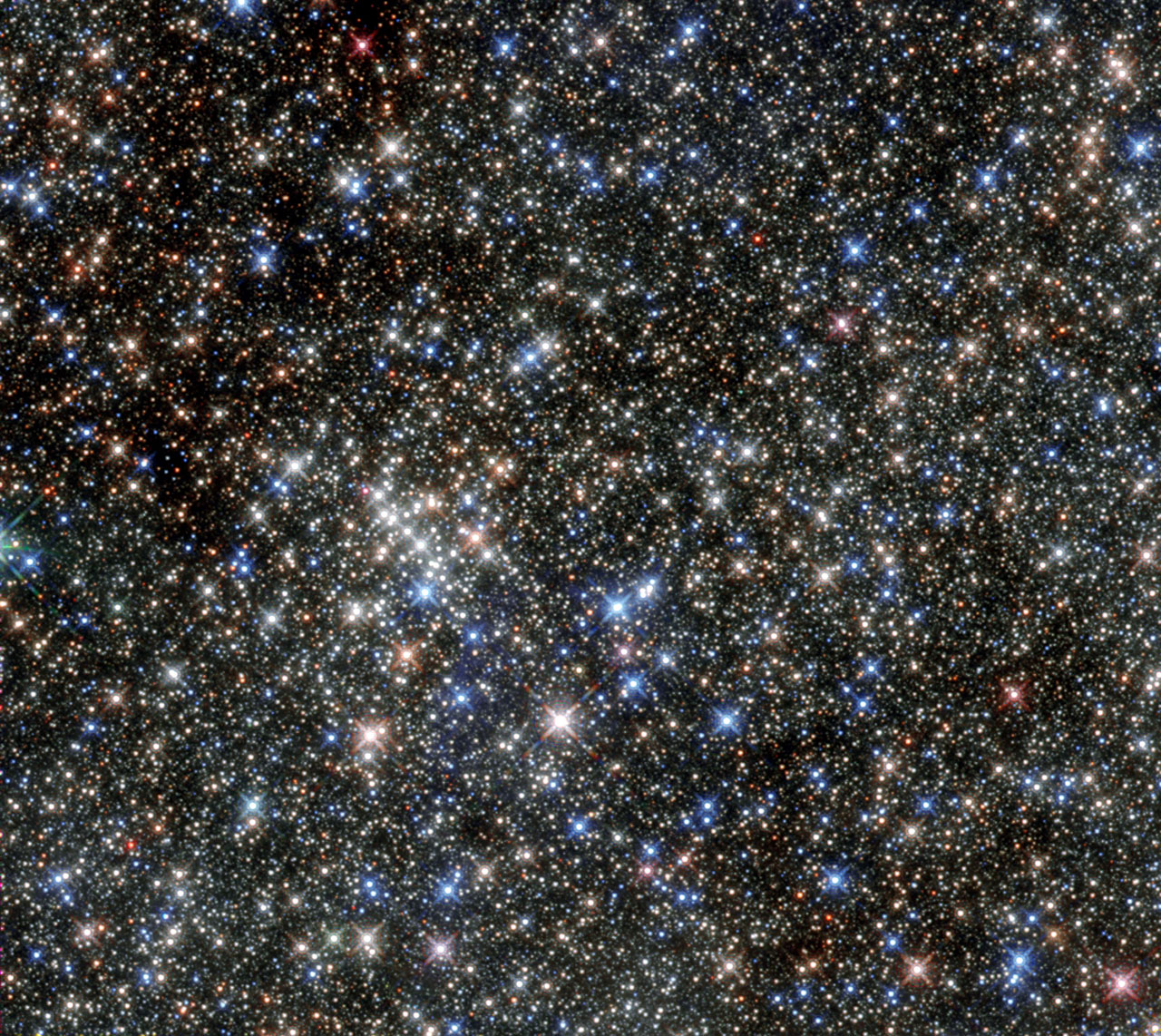Webb’s Observations Reveal a Diverse Collection of Lensed Galaxies Behind the ‘El Gordo’ Cluster
The James Webb Space Telescope has captured a stunning image of a galaxy cluster known as “El Gordo,” revealing a multitude of background galaxies that have been magnified, warped, and distorted by gravitational lensing. This phenomenon has allowed scientists to observe never-before-seen star swarms and gain insights into the early stages of the universe.
El Gordo is a galaxy cluster that formed when the universe was approximately 6.2 billion years old. It contains hundreds of galaxies, each with its own unique characteristics. One of the most striking features of El Gordo is a bright arc of red light at the upper right corner of the image, resembling a fishhook. This lensed galaxy, nicknamed “El Anzuelo,” dates back 10.6 billion years and has been magnified and distorted by gravitational lensing.
Upon closer examination, researchers were able to correct the distortions and determine that El Anzuelo is disk-shaped with a diameter of only about 26,000 light years. This finding provides valuable information about the size and structure of galaxies in the early universe. Additionally, scientists discovered that star formation in El Anzuelo was slowing down, a process known as quenching. This observation adds to our understanding of the evolutionary processes occurring in galaxies over billions of years.
Another intriguing feature found within El Gordo is a long, thin line at the left of the image, referred to as “La Flaca” or “The Thin One.” This lensed galaxy is located approximately 11 billion light years away and showcases the incredible power of gravitational lensing. By studying these distant galaxies, scientists can delve into the formation and evolution of galaxies throughout cosmic history.
In addition to El Anzuelo and La Flaca, the James Webb Space Telescope has revealed numerous other gravitationally magnified galaxies within El Gordo. Each of these galaxies holds its own secrets and contributes to our understanding of the universe’s early stages.
The image captured by the James Webb Space Telescope provides a breathtaking glimpse into the vastness and complexity of our universe. By harnessing the power of gravitational lensing, scientists are able to observe galaxies that existed billions of years ago, shedding light on the mysteries of cosmic evolution. As the telescope continues its exploration, we can only anticipate more remarkable discoveries and a deeper understanding of our place in the cosmos.
Image: NASA, ESA, CSA; image processing: Alyssa Pagan (STScI), Jake Summers (ASU), Jordan C. J. D’Silva (UWA), Anton M. Koekemoer (STScI), Aaron Robotham (UWA), Rogier Windhorst (ASU)
